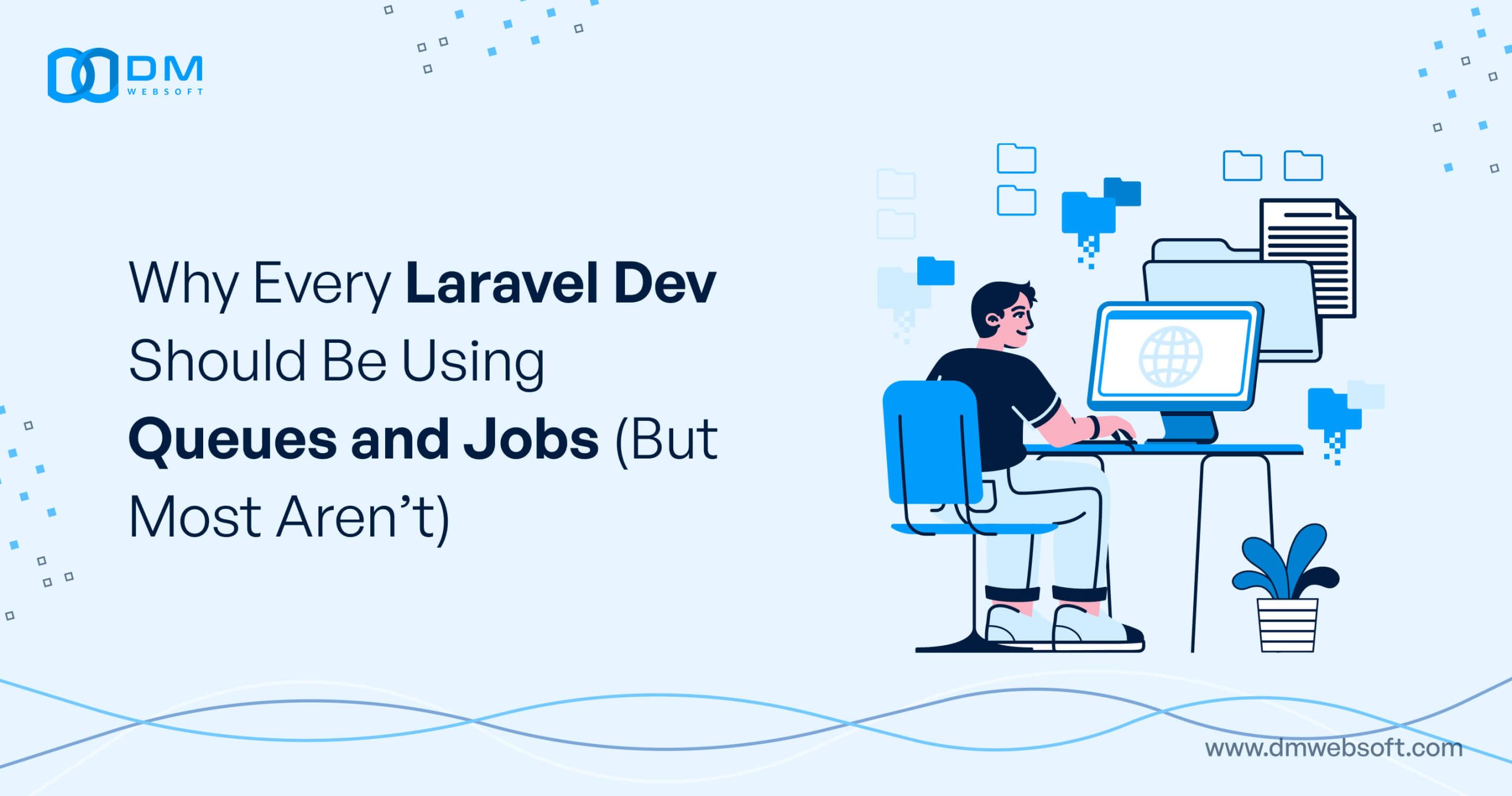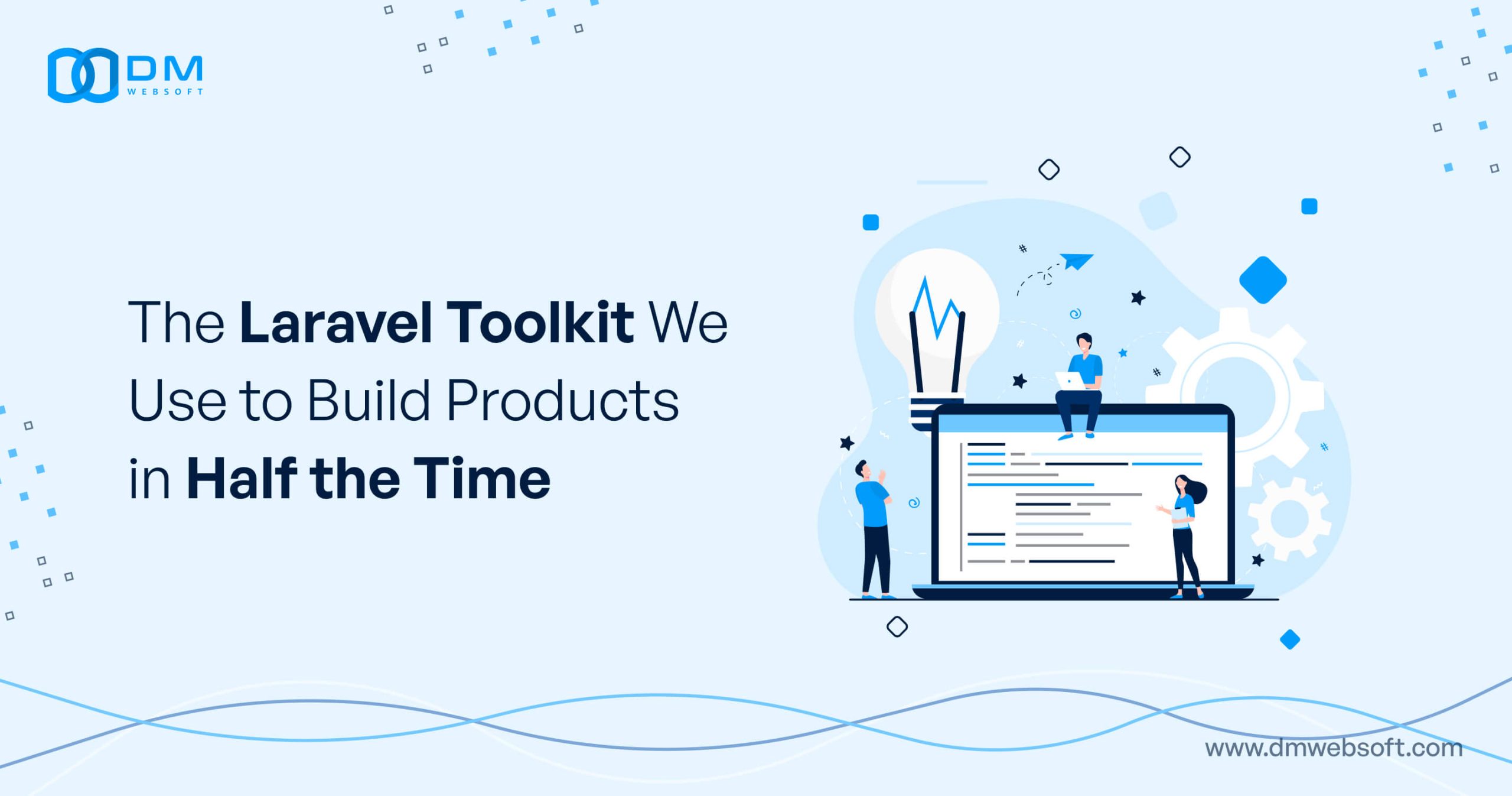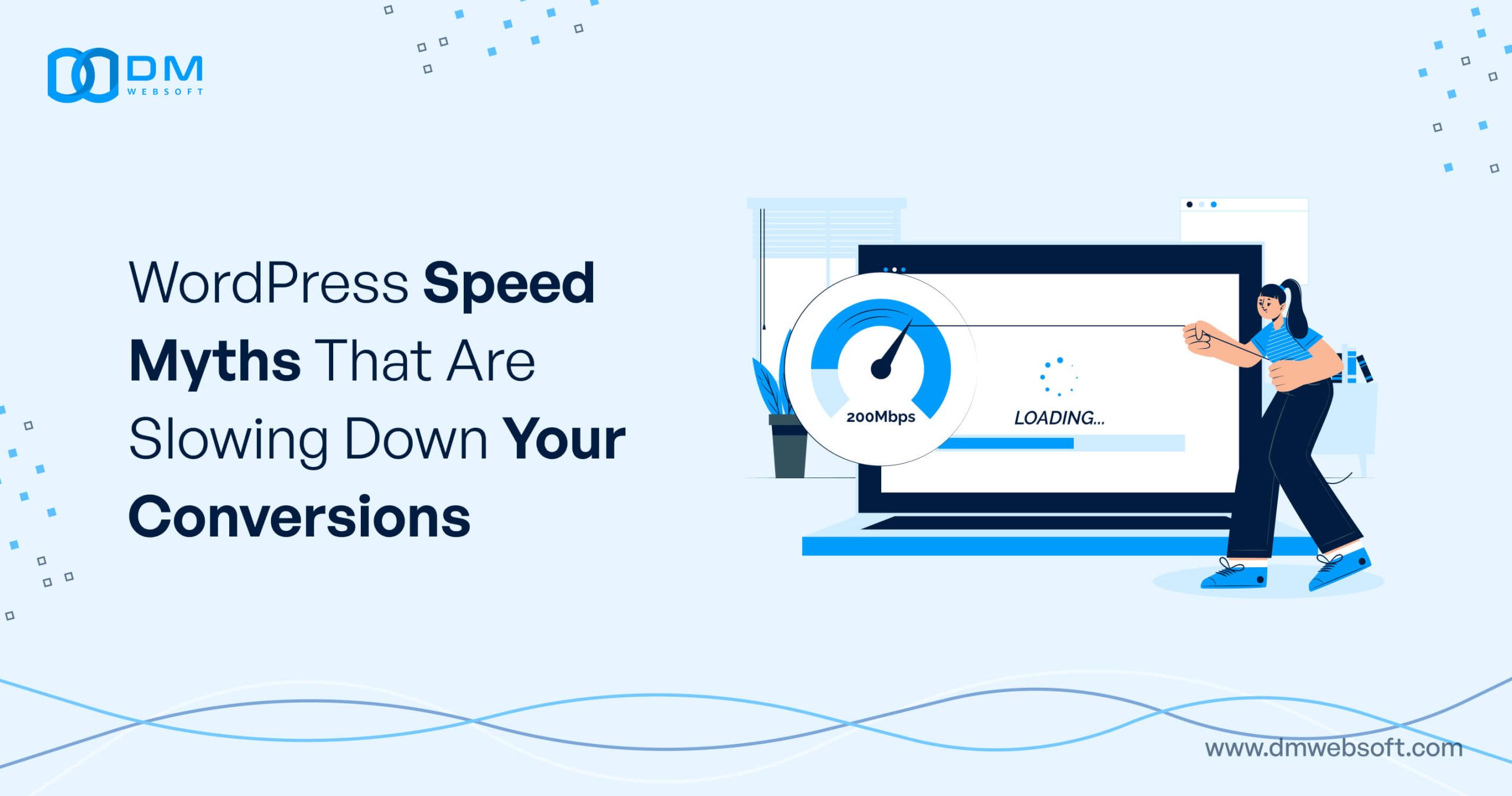DM WebSoft LLP exceeded our expectations! Their seasoned team of experts delivered a website that perfectly captures our brand essence. Their 15+ years of experience truly shine through in their exceptional web development skills.
Case Study: How a SaaS Startup Achieved Explosive Growth with Google Ads

TABLE OF CONTENT
Get in Touch
Introduction

Launching into hyper-growth is a distant dream when you are dealing with Software as a Service. For SaaS startups, brand visibility is very low while customer acquisition costs are very high. This can all be turned around, though, with some effective digital marketing work, including Google Ads. In this case study, we dive into how a SaaS startup overcame these barriers and achieved amazing growth using Google Ads.
Traditional marketing will be not only not working but too slow for SaaS focused on growth. Traditional methods of marketing quite often do not prove effective in delivering the targeted reach and measurable results that digital marketing can provide. Among a million other digital marketing strategies out there, Google Ads is the most effective strategy for the tools that help SaaS companies. It can really make a lot of difference in driving targeted traffic and generating high-quality leads. This is something that is very important to the growth of a startup.
At DM WebSoft LLP, we specialize in helping SaaS companies to maximize the full benefit of the suite of digital marketing tools. Our SaaS Google Ads excellence has thereby helped a lot of startups achieve their growth goal in the most efficient and cost-effective way. We hereby ensure that our clients’ investments into advertising give them maximum ROI by careful strategic planning, meticulous execution, and continuous optimization.
In this blog post, we will review a live case study of a SaaS startup that experienced explosive growth with Google Ads. What we’ll cover: their problems, implemented strategies, and remarkable results finally met. This will make you realize how this could be a game-changer for your SaaS business with Google Ads—something that DM WebSoft LLP can help you replicate.
For most SaaS startups, the road to success is an uphill task. From creating a good market presence to acquiring users in thousands, the barriers can be too many. But the correct digital marketing strategy would easily turn these hurdles into growth opportunities. Google Ads offers an incredible platform that would allow access to potential customers in the right time and place; it is, therefore, a very core tool in any SaaS company’s growth strategy.
In the following sections, we’ll delve deeper into the specifics of the Google Ads campaign that let this SaaS startup scale new horizons: we’ll go over everything from initial planning and keyword research to campaign setup and performance tracking. I’m also going to share with you some key takeaways and best practices for your Google Ads campaigns.
Challenges of the SaaS Startup

The process of getting a SaaS business off the ground and growing is fraught with challenge. Some of these challenges slow growth down, putting a drag on the whole business. In the case of the SaaS startup below, the struggle to get ahead was initially blocked by several significant hurdles. Understanding these challenges is crucial to appreciating the impact that a well-executed Google Ads strategy can have.
SaaS Startup Background
The SaaS startup was founded to simplify project management for small and medium-sized businesses. Even with a well-formed product and founding team, TechInnovate had found it quite hard to move in a market that is already saturated. With the competition from major marketers, going through their hurdle was nearly impossible, and they needed a strategic approach to stand out.
Problems Faced
- Poor Brand Visibility: TechInnovate suffered from poor brand visibility. It was an entrant in the market that thus could not appeal to prospective customers because their market was characterized by high profiles with a very stiff loyal customer base making it hard for them to be attracted.
- High Customer Acquisition Costs: Another heavy burden was associated with the colossal amount of money that customers needed before being acquired. Apart from being costly, traditional marketing methods using print and electronic media were highly unsuitable for reaching TechInnovate’s target market. The startup could not afford to spend much money in order to find high-quality leads.
- High Competition: Project management software solutions are highly competitive because mature companies have already heavily marketed their products and services. TechInnovate needed to find a way of positioning itself differently from its competitors and expressing that difference to potential clients.
- Limited Budget for Marketing: At the point when TechInnovate was starting, it was just a start-up with a limited marketing budget. At this stage, every dollar spent on marketing had to ensure good returns on investment. All these required effective and pocket-friendly marketing strategies.
Importance of Overcoming These Challenges
Overcoming these challenges was crucial to the growth and sustenance of TechInnovate. The growth and sustenance of the start-up depended on it, as increased brand visibility is key for its survival since the start-up has to keep getting new users to its business. High acquisition costs could otherwise drain their meagre resources, while the competition is stiff. It means they have to differentiate themselves as soon as possible to get a share of the market. The small budget line under marketing really required a hyper-targeted and ultra-efficient use of each dollar. And that’s where Google Ads fit in perfectly. Combining the power of targeted advertising, TechInnovate was able to counter these challenges head-on. The flexibility and precision in Google Ads enabled the startup to reach the right audience at the right moment in time, help optimize their spendings, and hence realize significant growth.
In this report, we will look further into how TechInnovate has developed its own Google Ads strategy from scratch. We will examine the first steps they took, starting with keyword research through effective ad copywriting, and how those efforts set the stage for a successful campaign.
Formulation of a Google Ads Strategy

The heart of a successful Google Ads campaign is one that is conceived down to the very last detail and executed perfectly. What TechInnovate needed was a Google Ads strategy that could help them up the hill during initial struggles and on their way to experience explosive growth. Below we take a closer look at what their strategy comprises of: Keyword Research, Ad Copywriting, and Landing Page Design.
Planning Steps for the Google Ads Campaign
The first step in planning for a campaign in Google Ads for TechInnovate was to have clear objectives, where brand visibility and high-quality lead generation at reduced customer acquisition cost were the primary targets. The DM WebSoft LLP team went on to analyze the audience and market landscape catered to by TechInnovate.
- Identification of the Target Audience: Understanding the target audience is a very key aspect of a marketing campaign. For TechInnovate, it was about analyzing the target audience’s demographics, interest areas, and how they frequented the web. The target audience was small to medium-sized business owners, project managers, and team leaders looking for solutions to aid in effective management of their projects.
- Competitor Analysis: Studying the competitor strategies gave an idea of what the industry liked and what not. This analysis helped us to find the gaps in the market and how to crack opportunities with differentiation for TechInnovate. The team of DM WebSoft LLP went through competitors’ ad campaigns, keyword usage, and landing pages to get actionable data.
- Keyword Research and Selection Process: Keyword research is the backbone of any Google Ads campaign. Selecting the right set of keywords assures you that your ad is running for a relevant audience, and you can now optimize the chances of conversion.
- Complete Keyword Research: In the beginning, the keyword research process started with the first draft of some of the probable keywords which can relate to project management software. This list was further developed using tools like Google Keyword Planner and SEMrush to identify keywords with a good volume and low competition.
- Long-Tail Keyword Optimization: Considering the competitive landscape of the market, the optimization was towards long-tail keywords in the case of project management software. These keywords are less frequently searched for but are very specific, most commonly having a higher purchase intent. Examples of long-tail keywords found were best project management software for small businesses and affordable project management tools.
- Negative Keywords: A list of negative keywords was prepared so that the ads appeared to the most relevant audience. This includes keywords they did not wish to trigger an ad for, such as free project management software if their product was not free, so that they weren’t wasting budget trying to attract irrelevant traffic.
- How to Create Effective Ad Copy: In order to capture the interest and click of the audience, it is important to create compelling and persuasive ad copy.
- USPs (Unique Selling Propositions): Being highlighted, the ad copy accentuated TechInnovate’s unique selling propositions that it does not have in common with competitors. It was communicated that TechInnovate is user-friendly and affordable, having special characteristics that set it apart from others. The USPs were projected through direct language.
- Actionable Language: This language doesn’t leave any choice for potential buyers other than taking immediate action. Phrases like Get Started Today, Try for Free, and Boost Your Productivity were all leveraged in the ad copy to drive users to click through.
- A/B Testing: A/B testing of the ad copy was done. The different versions of ads were measured against each other to see which worked better. This is an iterative process toward getting one ad with a more effective message.
- Effective Landing Page Design: Driving traffic to a website is only half the battle; converting visitors into leads or customers is what really matters. This is where effective landing pages come into play.
- Message Match: The landing pages have been designed in a way that they align with the ad copy. This gives the visitor the assurance he needs—that he’s at the right place—and helps keep the interest level high.
- Clear CTAs: Include prominent and clear CTAs on the landing page to assure that your visitors are not confused but, instead, are directed towards actions like Sign Up Now, Request a Demo, Learn More CTAs. All your CTAs must come in above the fold.
- User-Friendly Design: Properly designed and optimized landing pages with easy navigation, clean layout, fast load time, and mobile responsiveness. Testimonials, case studies, and a very clear value proposition had been included to build trust and credibility.
With the strategy in place, TechInnovate was now ready to go out and launch their campaign on Google Ads. The next stage of implementation follows on from this, walking through what went into setting up the campaign and the steps taken to establish the campaign for success.
Implementation of the Google Ads Campaign

With the strategy crafted, the next critical phase was the implementation of the Google Ads campaign. This entailed the campaign structure, budget allocation, and finally launching it. The implemented launch enabled TechInnovate to generate more awareness of the ads to the target market and deliver to them the necessary outcomes.
Launch of the Google Ads Account and Campaign Structure
Setting up was one of the most important phases which would actually determine if the Google Ads campaign would be successful or a flop. This stage involved setting the account and the campaign in a structure that would provide for its easy management and optimization.
- Account Configuration: The Google Ads account was configured with all necessary settings, including billing information and tracking codes. Using Google Analytics, conversion tracking was arranged so that the ads’ effectiveness and user behaviors with landing pages could be understood.
- Organizing the Campaign: The campaign was structured with several ad groups targeting specific sets of keywords and audience segments. This enabled the account to have a structure that would enable tight relevance between ad copy and what was being targeted as keywords. For instance, separate ad groups were created for project management software and collaboration tools.
- Ad Formats and Extensions: Various types of ads have been used to achieve higher visibility and customer interaction. To attract the targeting audience at different stages of the purchase cycle, text ads, responsive search ads, and display ads were prepared. Ad extensions like site link extensions and call extensions were added to provide more information and increase CTR.
Budget Allocation and Bidding Strategies
Effective budget allocation and bidding strategically played a vital role to make sure the campaign worked effectively without over-spending it.
- Budget Settings: Monthly budget setup according to the finance availability of the start-up company and the campaign objective. Ad groups were structured in such a way as to allow enough budget for all the targeted keywords and audience segments, aimed at giving them good reach.
- Bidding Strategies: Automated bidding strategies like Target CPA (Cost Per Acquisition) and Target ROAS (Return on Ad Spend) optimize bids in real-time to get the best possible results. Manual adjustments were done where necessary to ensure that the campaign stayed on budget and maintained in performance.
- Budget Adjustments: The budget allocation was monitored closely and adjusted with respect to the performance of various ad groups. Ad groups with poor performances were given lower budgets, and those with higher conversion rates and ROI were given higher budgets.
Campaign Launch and Early Performance Monitoring
Once the setup was done, I launched the campaign and began the early performance monitoring; this kind of early monitoring really helps guarantee that your campaign is starting on the right foot.
- Day of Launch: The campaign was launched with all ad groups going live simultaneously. The developers at DM WebSoft LLP also monitored the rollout to ensure that the advertisement was showing up on time and that no technical glitches were being witnessed.
- Performance Tracking: Once the rollout had been finished, performance data was collected to establish the core effect of the ads. The primary metrics captured were clicks, impressions, CTR, and conversions. In addition, Google Analytics would help track the user’s flow through the landing pages.
- Early Optimizations: Early performance data suggested what optimizations needed to be done on time to run the campaign to its fullest potential. Changes in ad copies, bids, and budget allocations across high-performing ad groups were made. Continuous monitoring ensured frequent responsive actions whenever needed.
- A/B Testing: A/B testing continued post-launch to further refine ad copies and landing pages. Different versions of ads and landing pages were tested to identify the most effective combinations. The results of these tests informed ongoing optimizations.
Continuous Optimization
Implementation didn’t stop at the launch. Continuous optimization was key to maintaining and improving the campaign’s performance over time.
- Regular Monitoring: The campaign was monitored on a daily basis to track performance and identify areas for improvement. Regular reports on the key metrics, as well as on the overall progress, were produced to keep the full team updated.
- Refinement of Keywords: The performance of the keywords was analyzed and, based on that, regular updates took place in the keyword list. If some keywords were doing very well, they would probably have a higher bid amount, whereas the ones which underperformed either needed adjusting or had to be paused.
- Optimization of Ad Copy and Landing Page: Ad copies and landing pages were continuously optimized using performance data. New ad creatives were tested, and landing page tweaks were made to improve user experience and consequently conversion rates.
- Audience Targeting: As data flowed in, targeting was optimized for the responsive segments of the audience. They did this with strategies for remarketing to bring back users who had interacted with the ad but not converted.
The implementation phase helped pave the way for success with Google Ads for TechInnovate. In the next section, we’ll get into the major metrics and KPIs tracked through the campaign process to ensure that things were on course.
Key Metrics and KPIs Monitored

Key metrics and KPIs must be monitored to test the effectiveness of the campaign in Google Ads and for guiding the making of data-driven decisions. For TechInnovate, the tracking of these metrics provided great insights into the performance of the campaign and guided continuous optimization efforts.
Overview of Key Metrics
- Click-Through Rate (CTR): It is an important metric that lets us understand what portion of the user base clicked on an ad after seeing it. The higher this number is, the more relevant and interesting the ad is to the audience. In line with TechInnovate, staying really dialed into CTR indicated which ads were resonating best with prospective customers and those areas where attention needed to be concentrated.
- Conversion Rate: This is the percentage of visitors to your page who carry out a desired action. This could be responding to a CTA, signing up for a free trial, or completing a purchase. For this reason, the metric is crucial for measurement on the effectiveness of landing pages and general campaign initiatives toward taking action. TechInnovate continuously optimized their landing pages for increasing improvement of their conversion rate.
- Cost Per Click (CPC): It represents the average cost one incurs per click. The overall objective in all campaigns is to yield high traffic at low-cost clicks. It is, therefore, crucial to ensure the CPC is low while maintaining that one gets quality traffic. In managing the campaign, TechInnovate did well not to overspend by keeping this cost low and still maintain high ROI.
- Cost Per Acquisition (CPA): It depicts the amount one shells out in acquiring a new customer. It is a critical metric in testing how profitable the campaign is. TechInnovate aimed to stay under a predefined budget of CPA to ensure that their customer acquisition costs stayed sustainable.
- Return on Ad Spend (ROAS): This is the revenue generated for each one dollar spent on advertisement. A high ROAS means that the campaign is generating huge returns. For TechInnovate, ROAS tracking was used to determine the general financial performance of their Google Ads efforts.
- Impressions: Impressions are a measure of how often the ad is shown to the user. While impressions aren’t a success criterion in themselves, they give the context needed for other measurements, such as CTR. In this case, a high amount of impressions for TechInnovate, along with the appropriate CTR, would indicate that the targeting is being performed effectively and that the ads are high in relevance.
Performance Monitoring Tools and Techniques
- Google Analytics: This was integrated with the Google Ads account to monitor user behavior on TechInnovate’s website. This tool gives insights into how users interact with landing pages, which are the highest bounce rate pages, and the location at which users fall off. It thus helps optimize the pages for better results.
- Google Ads Dashboard: This was for the purpose of monitoring ad performance in real-time. The reports obtained from it included impressions, clicks, CTR, CPC, and conversions. This detailed holistic view allowed DM WebSoft LLP to make fast decisions.
- Conversion Tracking: It helps measure some of the specific actions done by users post-click on the ad. This was in the form of form submissions, free trial sign-ups, as well as actual purchases. Conversion tracking would, therefore, make it possible to attribute the conversions to the actual ads and keywords; hence a clear understanding of what worked would be attained.
- A/B Testing Tools: A/B testing tools were used to test various copies of the ads and landing pages. The performance of these variants was compared, and the elements that drove more clicks and conversions were identified. Continuous A/B testing was done to ensure that the campaign stayed optimized and relevant to the customer.
Continuous Optimization According to Data Insights
- Routine Performance Reviews: The team enabled routine performance reviews to evaluate collected data. This encompassed evaluating important metrics as well as KPIs to understand trends and patterns. These reviews provided insights to adjust the campaign strategy.
- Keyword Refinement: The fine-tuning of keywords was based on the performance data. Those that perform well were given more emphasis, while those that underperform were either paused or rephrased. Negative keywords also had to be updated to block traffic that does not lead to quality leads.
- Ad Copy Adjustments: Ad copies are reviewed from time to time and revamped to keep their engagement and relevance updated. Ads that were underperforming were reviewed for improving the CTR and conversion data, with new ad variations tested to gain better performance.
- Reallocating Budget: Reallocation of budgets in favor of successful ad groups and keywords will make the campaign cost-effective and help it achieve maximum ROI. I then reduced or paused low-performing segment budgets completely in an attempt to get better efficiency from the spend.
- Landing Page Optimization: Landing pages were constantly optimized based on user behavior data from Google Analytics. Among the changes were reducing page load times, focusing in on the value proposition, and all in all, creating a better user experience—all of which led to increased conversions.
TechInnovate was able to achieve and sustain solid results from its Google Ads campaign because of its diligence in watching these metrics and continuously making optimizations based on data. The following section delves into the specific results and the overall impact of the campaign on TechInnovate’s growth.
Conclusion

This is an encouraging case for the rest of the SaaS companies to emulate: a success story of how a SaaS startup, TechInnovate, achieved explosive growth through a well-executed Google Ads campaign. The ability of TechInnovate to surmount some serious challenges and achieve results worth being termed remarkable was due to its approach of highly targeted advertising, compelling ad copy, optimized landing pages, and continuous performance monitoring.
Final Thoughts and Encouragement
A lot of challenges crop up in the way of SaaS companies, but all these can be converted into opportunities leading to explosive growth given the right strategies and tools. Google Ads is an effective platform that brings targeted traffic and high-quality leads to ensure sustainable growth. Allow our experience and proven track record in bringing out the full potential of digital marketing for your SaaS business by partnering with DM WebSoft LLP. Be it brand visibility, traffic inflow to the website, or an increase in the conversion rate—our team is here to help you at every single step.
Contact us today and let’s take the very first step toward meeting your growth goals together. Let’s develop a custom Google Ads approach that launches your SaaS company above and beyond.
TechInnovate increased brand visibility by leveraging targeted Google Ads campaigns that generated over 1 million impressions in six months.
The key was strategic budget allocation and effective bidding strategies, resulting in a 35% reduction in customer acquisition costs.
By crafting compelling ad copy and conducting thorough keyword research, TechInnovate achieved a CTR of 5.2%.
Optimized landing pages with clear CTAs significantly boosted conversion rates, averaging 8% and reaching up to 12% in some ad groups.
Other SaaS companies can replicate TechInnovate’s success by following best practices in keyword research, ad copy creation, landing page optimization, and continuous performance monitoring.
Get Started Now !
What’s the Process ?
Request a Call
Consultation Meeting
Crafting a Tailored Proposal
Get Started Now !
Real Stories, Real Results. Discover What Our Clients Say

Working with DM WebSoft LLP was a game-changer for our business. Their technical prowess and innovative solutions transformed our online presence. A highly recommended web development agency with a stellar track record.

We are thrilled with the results DM WebSoft LLP delivered. Their deep understanding of web development coupled with years of expertise ensured a seamless and visually stunning website. True professionals!

In a digital age where first impressions matter, DM WebSoft LLP crafted a website that speaks volumes. The team’s attention to detail and commitment to quality set them apart. Thank you for making our vision a reality.

DM WebSoft LLP’s team demonstrated unparalleled expertise. Their ability to navigate complex technical challenges with ease is truly commendable. Choosing them for our web development needs was the best decision.

Exceptional service, unmatched skills! DM WebSoft LLP stands out as a leading web development agency. Their collaborative approach and commitment to excellence make them our go-to partner for all things web-related.

DM WebSoft LLP turned our ideas into a digital masterpiece. The seamless communication and timely delivery of our project showcased their professionalism. Highly impressed with the level of creativity and skill.

Our experience with DM WebSoft LLP was nothing short of amazing. From concept to execution, their team provided top-notch web development services. A reliable partner for businesses looking to elevate their online presence.

DM WebSoft LLP’s team of tech experts is second to none. Their wealth of experience reflects in the quality of their work. Our website not only meets but exceeds industry standards, thanks to their dedication.

Choosing DM WebSoft LLP was the best investment for our web development needs. Their team’s proficiency, coupled with a customer-centric approach, made the entire process smooth and enjoyable. A pleasure to work with!





